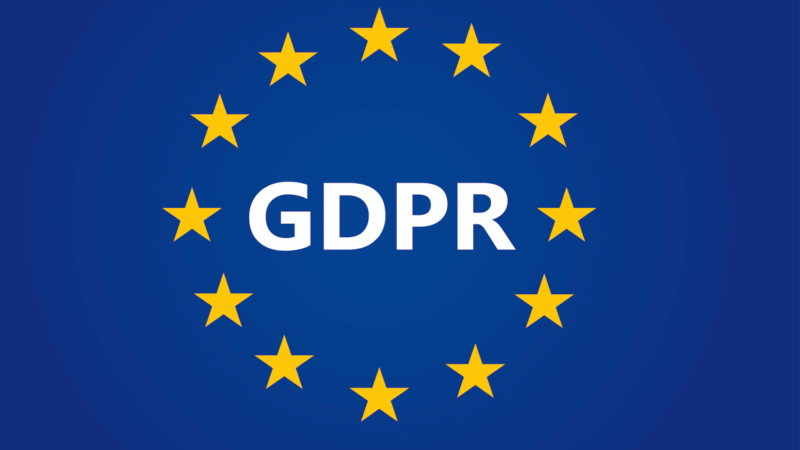Right behind the GDPR, there’s the ePrivacy Regulation
How are companies supposed to comply with both if the ePrivacy Regulation isn’t finished?
Barry Levine on December 27, 2017 at 5:30 pm | Reading time: 3 minutes

Differences?
The ePrivacy Regulation, he added, “particularizes GDPR for electronic communications” and is focused only on electronics — devices, processing techniques, storage, browsers and the like. It is the successor to the current ePrivacy Directive, commonly called the Cookie Law because it has governed the statement frequently seen on Europe-based sites that declares users agree to the use of cookies if they agree to use the site. One question: Even though the GDPR and the ePrivacy Regulation are meant to be in sync, will there be differences? Propes said the ePrivacy Regulation “will likely require additional compliance.” One example: The current ePrivacy Regulation version dictates browser-level settings that take the control of personal data out of the hands of publishers, an approach that is not found in GDPR. Zanfir-Fortuna also suggested there might be some uses of personal data that are permissible under GDPR that are not under ePrivacy. But the same organizations — the data protection supervisory authorities in EU countries — will be enforcing both, so assumedly they will try to make sense of any differences.Which rules?
Another question: Once the ePrivacy Regulation is finalized, which of the two laws will have supremacy if there is a difference? In that case, Zanfir-Fortuna said, the ePrivacy Regulation will rule. But the big question is: How can companies comply with two laws when one is not yet finished? “All you can do is comply with the law as written,” Propes said, meaning that organizations can only target GDPR at the moment. That’s what IAB Europe is doing with its new standard for handling user consent — it’s conforming to GDPR, since ePrivacy is still up in the air. Compliance with GDPR, Zanfir-Fortuna said, “will put you in pole position for compliance” with the ePrivacy Regulation. [newsletter-form id=’6379′ text=’Stay up to date on the evolving martech landscape. Sign up below for our daily newsletter.’]Contributing authors are invited to create content for MarTech and are chosen for their expertise and contribution to the martech community. Our contributors work under the oversight of the editorial staff and contributions are checked for quality and relevance to our readers. MarTech is owned by Semrush. Contributor was not asked to make any direct or indirect mentions of Semrush. The opinions they express are their own.
Related stories